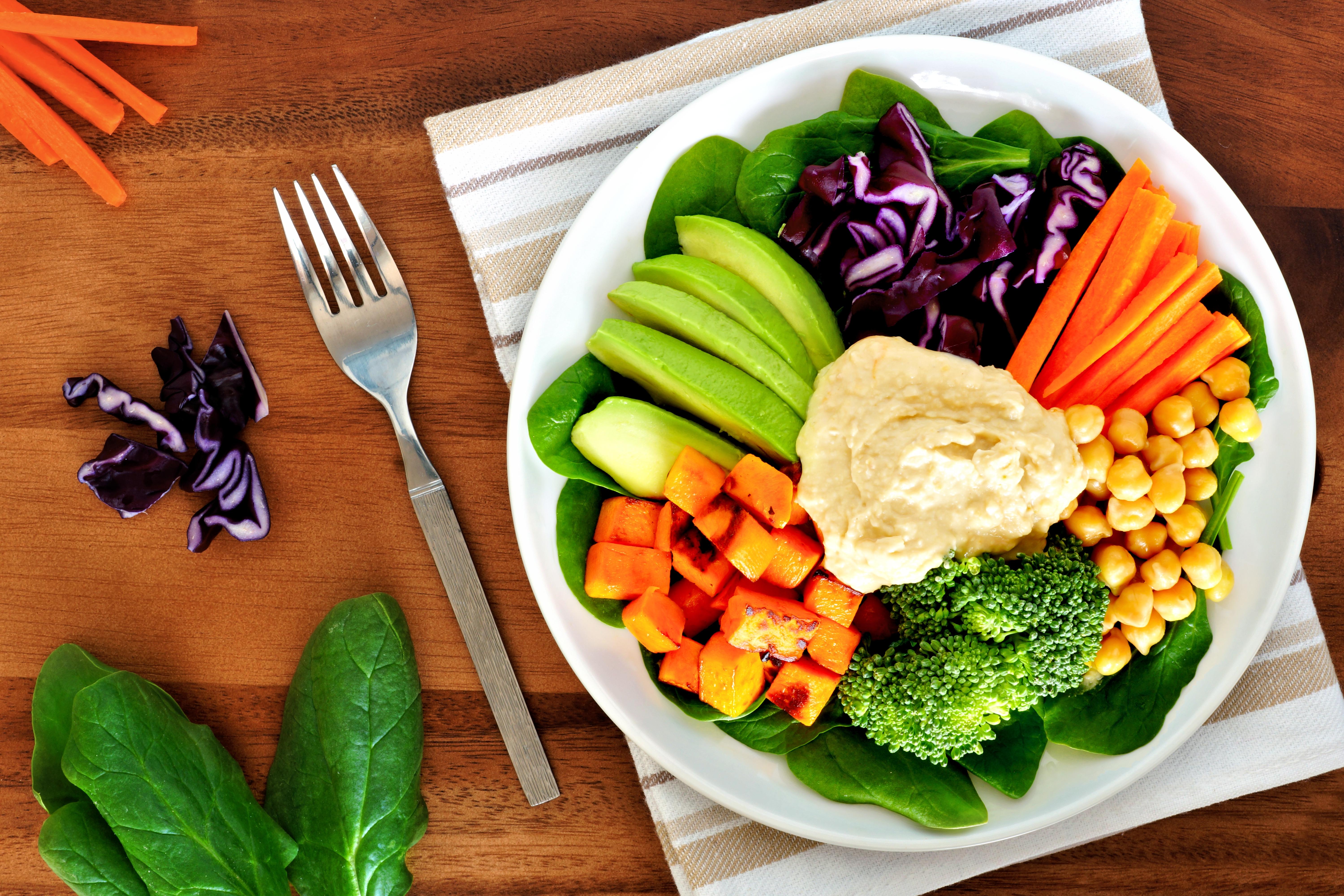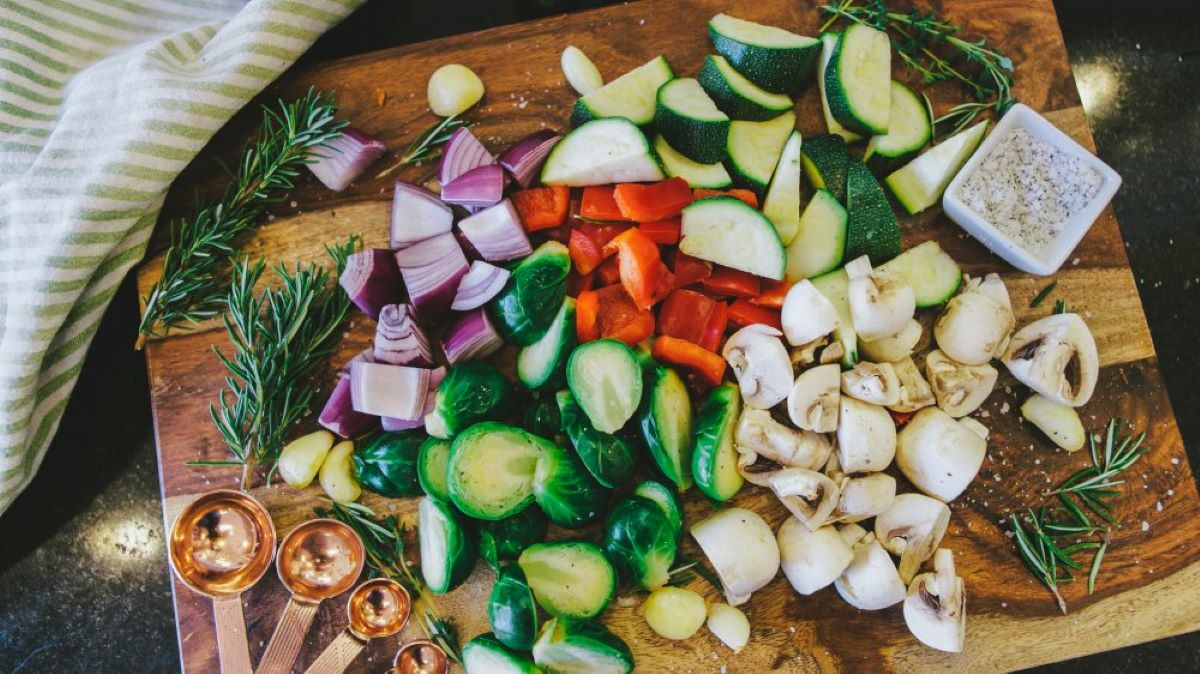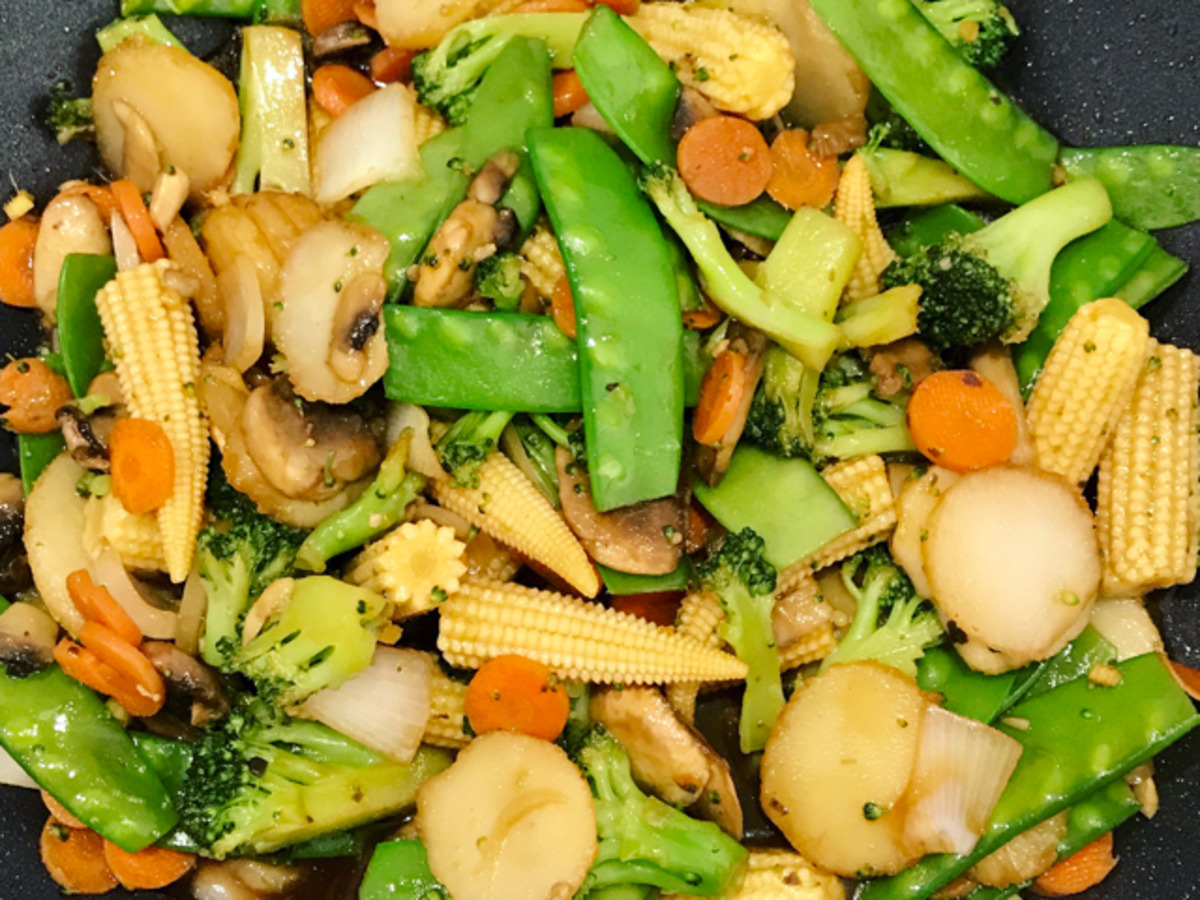Home>Gardening News and Trends>Latest News>How To Spell Vegetables


Latest News
How To Spell Vegetables
Published: October 12, 2023
Learn the latest news on how to spell vegetables correctly. Improve your spelling skills and never misspell vegetable names again.
(Many of the links in this article redirect to a specific reviewed product. Your purchase of these products through affiliate links helps to generate commission for Chicagolandgardening.com, at no extra cost. Learn more)
Table of Contents
Introduction
Spelling can be tricky, especially when it comes to words that seem to follow their own set of rules. Vegetables, like many other words in the English language, have spelling variations that can confuse even the most adept spellers. However, mastering the correct spelling of vegetables is important, whether you’re writing a recipe, a grocery list, or simply trying to communicate accurately.
In this article, we will explore common spelling rules for vegetables, identify commonly misspelled vegetables, and provide strategies for remembering their correct spellings. We will also discuss the importance of using reliable resources to check spelling and ensure accuracy in your writing.
Whether you’re a student, a professional, or simply a lover of vegetables, improving your spelling skills will enhance your communication abilities and boost your confidence. So, let’s dive into the world of vegetable spellings and equip ourselves with the knowledge to write with precision and clarity!
Understanding Spelling Rules
Before we dive into the specific spellings of vegetables, it’s important to understand some general spelling rules that can guide us in tackling these tricky words. While English may not always adhere to strict spelling patterns, familiarizing ourselves with some common rules can be immensely helpful.
Firstly, it’s important to note that in English, words are typically spelled phonetically. That means that the letters we use to spell a word should represent the sounds we hear when pronouncing it. However, English has its fair share of exceptions, and this holds true for vegetable spellings as well.
Secondly, understanding vowel sounds is crucial when it comes to spelling vegetables correctly. Many vegetables contain vowel combinations like “ai,” “ea,” or “ee” that can be confusing to spell. Knowing the pronunciation of these vowels and how they are typically spelled can guide us in choosing the correct letters.
Additionally, recognizing common prefixes and suffixes in vegetable names can provide useful clues for their spelling. For example, the prefix “a-” at the beginning of a vegetable name often indicates that it starts with the letter “a.” Similarly, the suffix “-e” is frequently used in the spelling of vegetables like “asparagus” and “zucchini.”
Lastly, it’s important to be aware of regional variations in spelling. English spelling can vary between countries or even within different regions of the same country. Paying attention to the accepted spelling conventions in your specific context or audience can help ensure accuracy and consistency.
By keeping these spelling rules in mind, we can approach the task of correctly spelling vegetables with confidence and a greater understanding of how to tackle challenging spellings. Now, let’s move on to identifying some commonly misspelled vegetables and strategies for remembering their correct spellings.
Commonly Misspelled Vegetables
Even the most experienced writers can find themselves struggling with the correct spelling of certain vegetables. It’s not uncommon to come across misspelled vegetable names, especially when they are less commonly used or have unique spellings. Here are a few examples of commonly misspelled vegetables:
- Potato: One of the most common mistakes made with the word “potato” is forgetting to include the final “e.” Many people incorrectly spell it as “potatoe.” Remember, there is no “e” at the end.
- Broccoli: This nutritious green vegetable is often misspelled as “brocolli,” with an additional “l” that doesn’t belong. Make sure to use only one “l” between the two “o’s.”
- Avocado: With its rising popularity, “avocado” is a commonly misspelled vegetable. People often mistakenly spell it as “avacado” or “advocado.” Remember to use only one “c” and one “d” in the correct spelling.
- Brussels sprouts: The tricky part about spelling “Brussels sprouts” is the capitalization of both words. Many people incorrectly write it as “brussel sprouts” or “brussel sprouts.” Always capitalize both “B” and “S.”
- Cauliflower: It’s not uncommon to see “cauliflower” spelled as “coliflower” or “califlower.” Remember to include the letters “au” after the “c” to get the correct spelling.
These are just a few examples, but there are many more vegetables that are commonly misspelled. Knowing the correct spelling of these vegetables will not only improve your writing skills but also prevent any confusion when communicating about them. As we move forward, let’s explore some strategies for remembering the correct spellings of vegetables.
Strategies for Remembering Vegetable Spellings
Remembering the correct spellings of vegetables can be a challenge, especially when they have unique or unconventional spellings. Fortunately, there are several strategies you can utilize to improve your spelling skills and ensure accuracy when writing about vegetables. Let’s explore some helpful strategies:
- Create mnemonic devices: Mnemonic devices are memory aids that help you remember information by associating it with something more memorable. For example, to remember the spelling of “asparagus,” you could create a mnemonic like “a spear goes.” This association between the vegetable and the image of a spear can help you recall the correct spelling.
- Break words into syllables: Syllables are the individual units of sound within a word. Breaking vegetable names into syllables can make it easier to remember their spellings. For instance, “cucumber” can be broken into syllables as “cu-cum-ber.”
- Write and repeat: Sometimes, the best way to remember a spelling is to write it out multiple times and repeat it aloud. Practice writing the words of vegetables you commonly struggle with, and say the spellings out loud as you write them. This repetition can help reinforce the correct spelling in your memory.
- Visualize the word: Visualizing the word in your mind can help you remember how it looks. Pay attention to the letter placements, any unique or repeated letters, and the overall shape of the word. This mental image can assist you in recalling the correct spelling.
- Utilize spelling resources: When in doubt, consult reliable spelling resources such as dictionaries or online spelling tools. These resources can provide the correct spellings of vegetables and verify any uncertainties you may have.
Remember, everyone learns differently, so it’s important to find the strategies that work best for you. By utilizing mnemonic devices, breaking words into syllables, practicing writing and repetition, visualizing the words, and utilizing spelling resources, you can strengthen your spelling skills and become more confident in accurately spelling vegetables.
Using Resources to Check Vegetable Spellings
Even the most diligent spellers can occasionally find themselves unsure about the correct spelling of a particular vegetable. In such cases, it’s essential to make use of reliable resources to verify and check the spelling. Here are some valuable resources you can refer to:
- Dictionaries: Traditional dictionaries, both in print and online, are excellent resources for checking the spelling of vegetables. Look up the specific vegetable you’re unsure about and refer to the provided spelling and pronunciation guide.
- Online Spelling Tools: There are numerous online spelling tools available that can help you check the spelling of vegetables quickly and accurately. These tools often provide corrections, synonyms, and definitions, making them a valuable resource for ensuring the right spelling.
- Recipe Websites and Cookbooks: If you’re writing about a specific vegetable in the context of a recipe, recipe websites and cookbooks can be helpful resources. These sources often provide accurate spellings of vegetables in various culinary contexts.
- Horticultural References: If you’re looking for spelling accuracy in the context of gardening or agriculture, horticultural references can be invaluable. These references offer accurate naming conventions and spellings of vegetables specific to those fields.
- Language Style Guides: Style guides, such as those commonly used in journalism or academic writing, often include specific guidelines for correct spellings. Consulting the appropriate style guide for your writing context can ensure consistency and accuracy.
When using these resources, it’s important to cross-reference multiple sources to ensure accuracy. Even reputable sources can occasionally contain errors, so double-checking with multiple resources can help minimize any potential mistakes.
By utilizing these spelling resources, you can feel confident in the accurate spelling of the vegetables you’re writing about. Remember, spelling accuracy is crucial for effective communication, professionalism, and maintaining credibility in your writing.
Conclusion
Mastering the correct spelling of vegetables is an essential skill that can enhance your writing, communication, and overall language proficiency. While vegetable spellings can often be challenging, understanding spelling rules, identifying commonly misspelled vegetables, and employing effective strategies can help you navigate these linguistic obstacles with confidence.
By familiarizing yourself with spelling rules such as phonetic representation, vowel sounds, and recognizing common prefixes and suffixes, you can establish a strong foundation for tackling vegetable spellings. Additionally, being aware of commonly misspelled vegetables like potato, broccoli, avocado, Brussels sprouts, and cauliflower can help you avoid these errors in your writing.
Employing mnemonic devices, breaking words into syllables, practicing writing and repetition, visualizing the words, and utilizing spelling resources are all effective strategies for improving your spelling skills and ensuring accuracy with vegetable names. It’s essential to find the strategies that work best for you and consistently practice them to enhance your overall spelling abilities.
Lastly, to double-check and verify the correct spelling of vegetables, make use of reputable resources such as dictionaries, online spelling tools, recipe websites, horticultural references, and language style guides. By cross-referencing multiple sources, you can minimize the chances of spelling errors and maintain accuracy in your writing.
Incorporating these strategies and resources into your writing routine will not only enhance your ability to spell vegetables correctly but also improve your overall language proficiency. Accurate spelling demonstrates professionalism, attention to detail, and clarity in communication.
So, the next time you find yourself writing about vegetables, remember the spelling rules, be aware of commonly misspelled vegetables, utilize effective strategies, and consult reliable resources to ensure precision and accuracy. With practice and dedication, you will become a master in spelling vegetables correctly and impress others with your writing skills.










